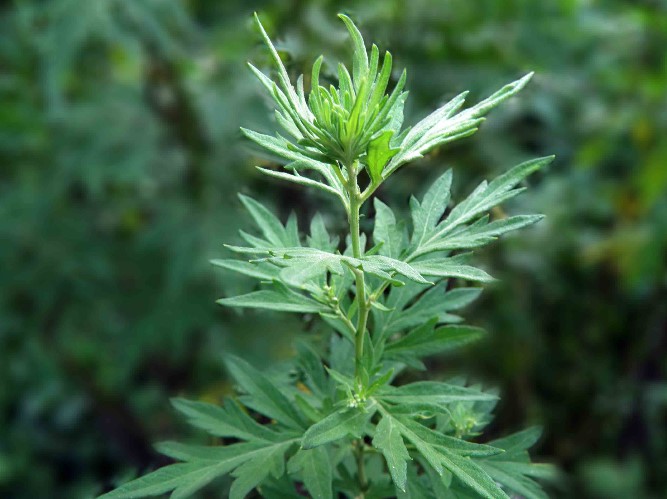Product Description
Mugwort is widely distributed throughout Nepal at an altitude of 300m to 2500m. It is a plant growing on nitrogenous soils, like weedy and uncultivated areas, such as waste places and roadsides.
It is a tall herbaceous perennial plant growing 1-2 m with a woody root. The leaves are aromatic,5-20 cm long, dark green, pinnate, alternate, with dense white tomentose hairs on the underside. The erect stem often has a red purplish tinge. Inconspicuous flower occurs in a cluster at the top of the plants. Individual heads are 2.5-3 mm wide and appear on short stalks. Its flowering occurs from July to September.
Extraction
Artemisia oil is extracted from steam distillation of aerial parts, flower tops, and leaves of Artemisia vulgaris. The oil yield percentage is very low.
Uses
The species has several recorded historic uses in food, herbal medicine, and as a smoking herb. It is traditionally used as an anthelmintic, expectorant, stomachic, antiseptic, emmenagogue, hemorrhage, etc. Roots are used as a tonic.
Artemisia oil has a wide range of therapeutic uses such as carminative, anthelmintic, antispasmodic, choleretic, diuretic, nervine, stimulant, stomachache, tonic, etc. The oil is used as a disinfectant, room freshener, and used as a fragrant component in soaps and perfumes. Mugwort contains Thujone, which is toxic for prolonged intake in large amounts. Pregnant women, in particular, should avoid consuming large amounts of Mugwort.
